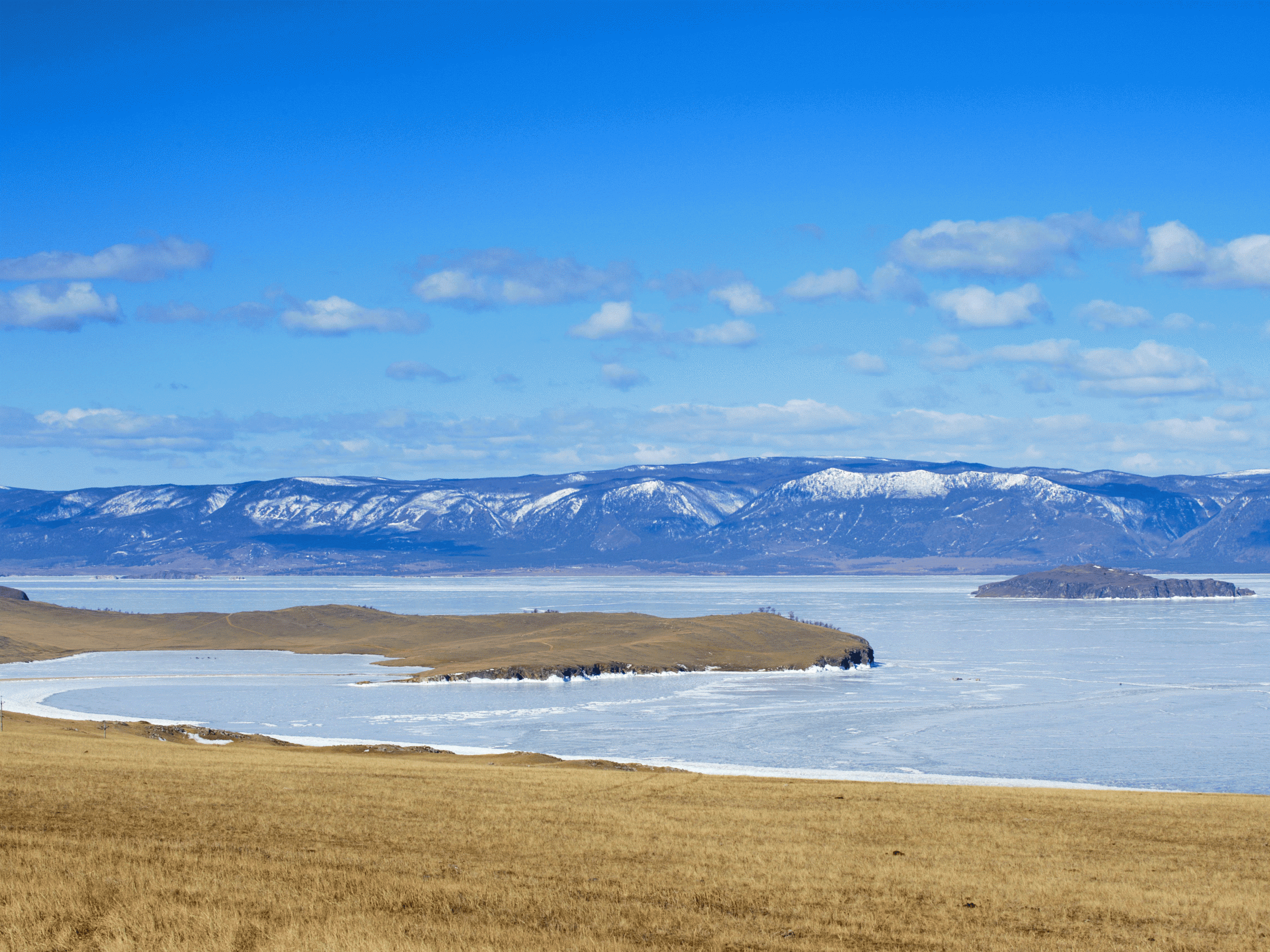Smallpox could return as Siberia's melting permafrost exposes ancient graves
Last known case of the deadly disease was in Somalia in 1977, but Russian scientists investigating an anthrax outbreak have found the virus's DNA in corpses once entombed in the frozen ground

Your support helps us to tell the story
From reproductive rights to climate change to Big Tech, The Independent is on the ground when the story is developing. Whether it's investigating the financials of Elon Musk's pro-Trump PAC or producing our latest documentary, 'The A Word', which shines a light on the American women fighting for reproductive rights, we know how important it is to parse out the facts from the messaging.
At such a critical moment in US history, we need reporters on the ground. Your donation allows us to keep sending journalists to speak to both sides of the story.
The Independent is trusted by Americans across the entire political spectrum. And unlike many other quality news outlets, we choose not to lock Americans out of our reporting and analysis with paywalls. We believe quality journalism should be available to everyone, paid for by those who can afford it.
Your support makes all the difference.Smallpox – a deadly disease eradicated from the world in 1977 – could return as the frozen tundra of Siberia melts and releases the virus from the corpses of people who died in a major epidemic about 120 years ago, experts have warned.
The disease was once one of the most feared in the world. Up to 30 per cent of people who caught it would die, according to the World Health Organisation, after experiencing symptoms including a high fever and the characteristic pus-filled spots.
Spores of potentially fatal anthrax from dead people and reindeer that had been entombed in the permafrost are already thought to have infected 24 patients currently in hospital in Salekhard near Russia’s north coast.
But health experts told the Siberian Times this was a warning sign that there could be worse to come.
Boris Kershengolts, of the Siberian branch of the Academy of Sciences, said: “Back in the 1890s, there occurred a major epidemic of smallpox. There was a town where up to 40 per cent of the population died.
“Naturally, the bodies were buried under the upper layer of permafrost soil, on the bank of the Kolyma River.
“Now, a little more than 100 years later, Kolyma's floodwaters have started eroding the banks.”
The melting of the permafrost has speeded up this erosion process.
After anthrax spores have been found Yamal peninsula near Salekhard, experts from the Novosibirsk-based Virology and Biotechnology Centre have been testing for other diseases.
They found corpses that bore sores that look like the marks left by smallpox.
While the experts – dressed in protective clothing because of the risks – did not find the virus itself, they did detect fragments of its DNA.
The permafrost of the Yakutia region usually melts to between 30 to 60cm, but this year it was more than a metre, according to Mikhail Grigoriev, the deputy director of the Permafrost Studies Institute.
“The rock and soil that forms the Yamal Peninsula contains much ice,” he said told The Siberian Times.
“Thawing may loosen the soil rather quickly, so the probability is high that old cattle graves may come to the surface.
“Some graves dug in the past may be just three meters deep, covered by a very thin layer of soil. The spores of the disease [anthrax] are now on the loose.”
There are also fears that the Siberian permafrost could release vast amounts of methane gas, which has a much greater greenhouse effect than carbon dioxide, into the atmosphere, in a vicious circle that could dramatically increase the rate of global warming.
Join our commenting forum
Join thought-provoking conversations, follow other Independent readers and see their replies
Comments